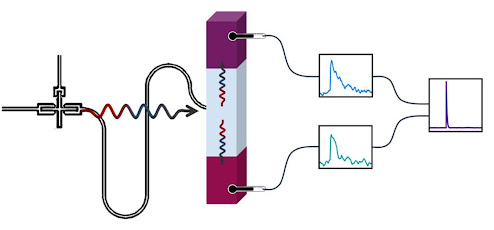 |
| UCLA biologist Paula White displays two leopard skulls. Credit: Paula White |
In a hunting camp in Zambia more than a decade ago, UCLA biologist Paula White puzzled over the heavy skull of a trophy-hunted lion. Zambia permits limited hunting in certain areas to help fund its national conservation program, and White had gained permission to examine the trophy skulls and hides to evaluate how hunting was affecting conservation efforts.
This particular skull had a pronounced horizontal V-shaped notch on one of the canine teeth — a marking White had never seen before from natural wear. Over the next few months, she began noticing similar notches on other lions’ teeth.
It wasn’t until three years later, when she visited lions bred in captivity and saw them gnawing on a wire fence, that it clicked: The tooth notches in wild lions resulted from the animals chewing their way out of wire snares — noose-like traps set by poachers. The sheer number of notched teeth she’d seen suggested that such traps, illegal in conservation areas, were injuring far more lions than experts had estimated.
“It was an odd mix of thrilling to figure out the cause of the notches and horrifying to realize that so many animals had been entangled in a snare at some point in their lives,” said White, director of the Zambia Lion Project and a senior research fellow with the Center for Tropical Research at UCLA’s Institute of the Environment and Sustainability.










.jpg)



.jpg)

